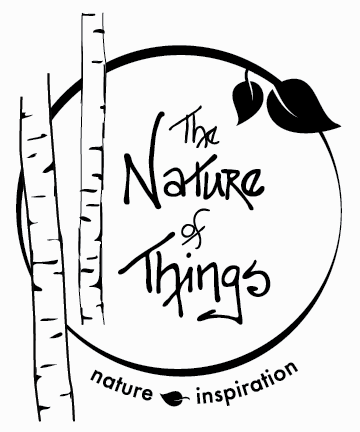Peeling Trees and Sustainability Practices – Part 2
Many people wonder how we get the bark off of trees, and whether we harm the trees in the process. In part one of this series, we talked about the process of peeling the trees. In this second part, we will talk about how we source the trees and the sustainability practices that we use when we harvest bark.
We peel three different types of trees each year during the spring season: Poplar, Bitternut Hickory and Birch.
For many years, we have harvested Poplar bark from our friend's property where we made maple syrup for 20 years. We choose trees based on size, the need for thinning, and their use as baskets. We cut down and peel the bark off of two or three mature Poplar trees each year in May. When we are finished, we pay our friends for the trees, as well as leave the logs behind for them to use as firewood when they boil down sap to make maple syrup the following year.
Also in May, we cut down and peel two or three Bitternut Hickory trees, which supply us with the lacing we use in our baskets. The Hickory trees we use are younger saplings, usually 6” to 10” in diameter. Most of the Hickory trees have been harvested from our own woods or from the woods of our neighbors. We select these saplings from dense Hickory stands where thinning helps to produce healthier trees overall; a good stewardship practice.
When June rolls around, we look to harvest the bark from a few Birch trees. For many years, we have harvested Birch on our neighbors’ property. He has had us harvest two to three trees a year where the birch trees are inhibiting the growth of young oak trees. This opens up the canopy to sunshine and the young oaks can flourish. He also likes the birch logs for firewood.
In addition to these typical sources for trees, we are members of a local organization called The Kickapoo Woods Cooperative. This organization helps woodland owners in the Driftless area of our state to develop sustainable forestry practices. Some of the programs in which the landowners are enrolled in recommend cutting down less desirable trees to make room for those that are more desirable. This is where we are able to step in. The landowners we have worked with have been very pleased to get some of this work done for them, as well as get paid a little cash from us for those trees.
It feels good all around, to realize that terms like renewable resources, sustainability and land stewardship fit well with our practices and that we are able to incorporate them into our business.
